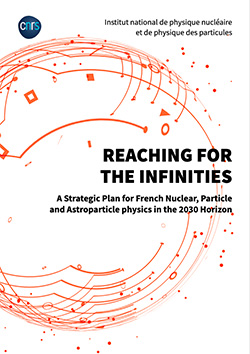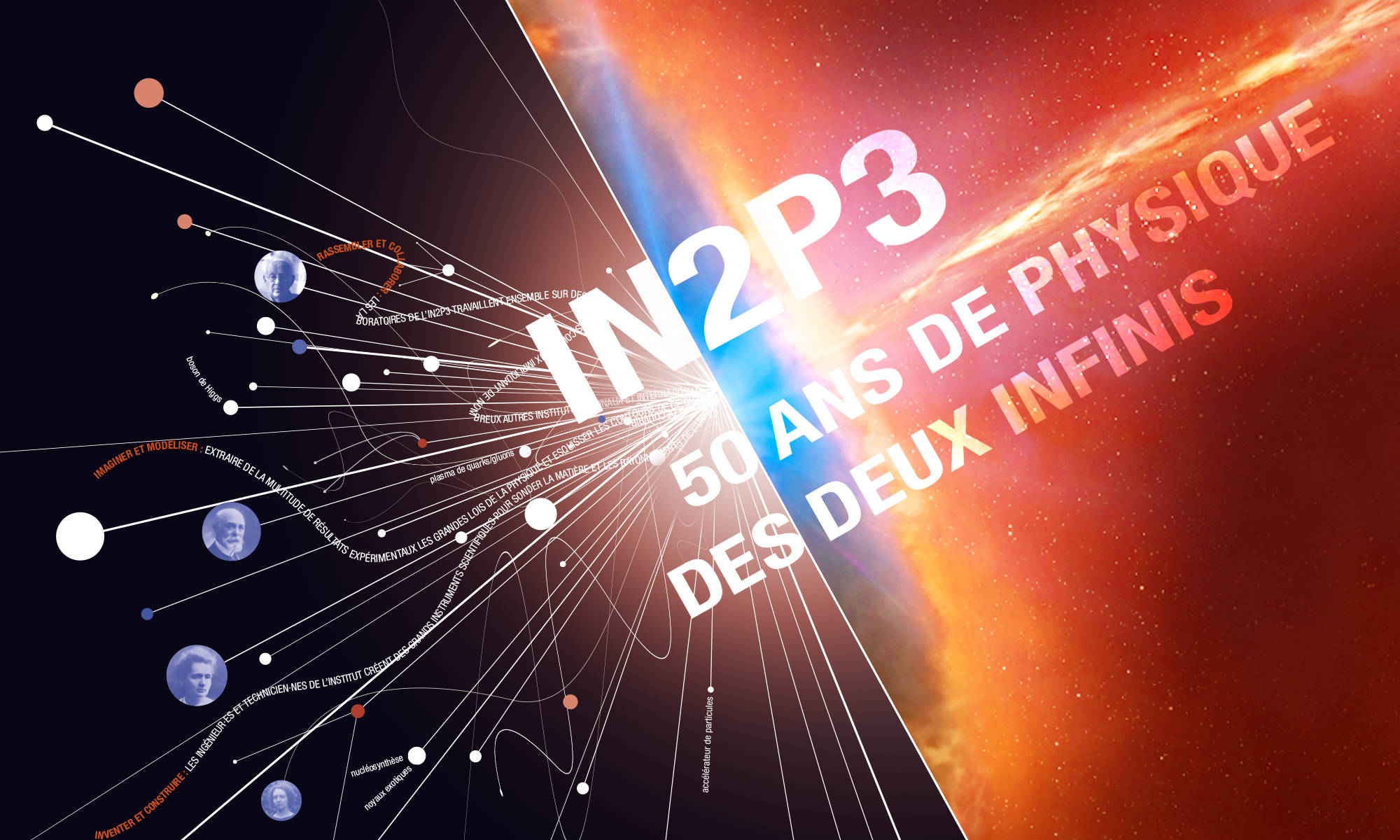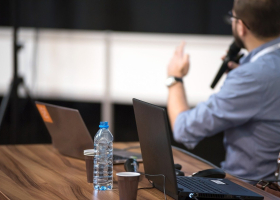
Institute portal
This page describes how IN2P3 operates. It lists links, resources and contacts relating to the different institutional, administrative and technical components and aspects of the Institute.

Schedules, agendas, minutes and webcast of Scientific Councils and Unit Director Committees.
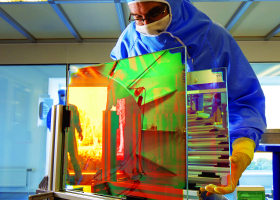
Portal for continuing training at IN2P3
The research carried out by the Institute requires its staff to be constantly trained to innovate and implement necessary technologies. There are many challenges: to strengthen cutting-edge expertise, to support…

Documentary portal
Access to the network of documentalists, publication databases and the Institute's photo library.

Research and Technology Portal
This allows access to the Institute's networks of experts, cross-disciplinary R&D, project management, quality and systems engineering, as well as to technological news related to research in nuclear and particle…
Parité, diversité et inclusion
CNRS Nucléaire & Particules porte une attention particulière aux questions de parité, de diversité et d'inclusion dans l’institut et, plus généralement, dans son périmètre scientifique. Un réseau « Parité, diversité…
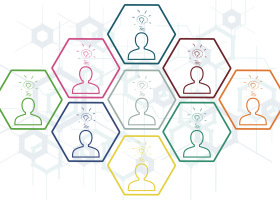
Sustainable Development Unit
The institute's laboratories are involved in thinking about and implementing concrete actions to reduce the environmental impact of their activities. This page lists the sustainable development referents in each…

Your national and regional communication contacts
IN2P3 national communication group accompanies all initiatives aiming to increase the visibility of the Institute research activities, to communicate with the public or to participate in educational projects related…
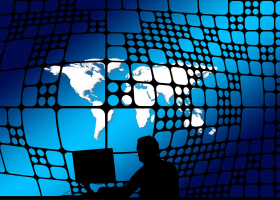
Collaborative Tools Portal
This covers applications devoted to collaborative work, event organisation, creation of surveys or joint document development and access to the Institute's common tools service.
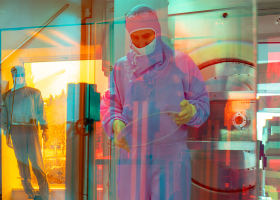
Prospectives scientifiques
Dans le cadre des missions nationales qui lui sont confiées, l'institut national de physique nucléaire et de physique des particules organise et conduit, en y associant les organismes et acteurs concernés, des exercices…
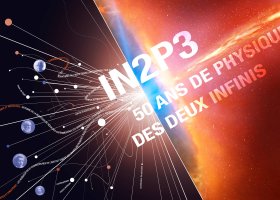
Cinquantenaire de l'IN2P3
L’Institut national de physique nucléaire et de physique des particules a fêté les 50 ans de sa création en 2021. C’est en effet en 1971 que les laboratoires universitaires français se sont fédérés sous la bannière…
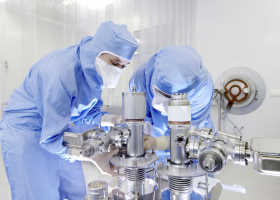
"Fellowships des 2 infinis" : Thèses et Postdocs sélectionnés par l'IN2P3
Chaque année, l'IN2P3 sélectionne une quarantaine de propositions pour financer des doctorants et post-doctorants dans les projets prioritaires de l'Institut. En 2025, ces « Bourses des deux infinis » ont été attribuées…
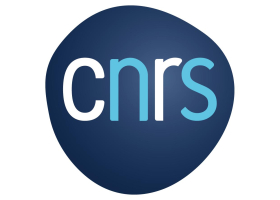
Thèses financées en 2022 par les programmes transverses du CNRS
L’institut propose aux programmes « 80 Prime » et « Thèses Internationales » du CNRS, le financement de thèses interdisciplinaires ou à l’international. En 2022, les propositions suivantes ont été…
